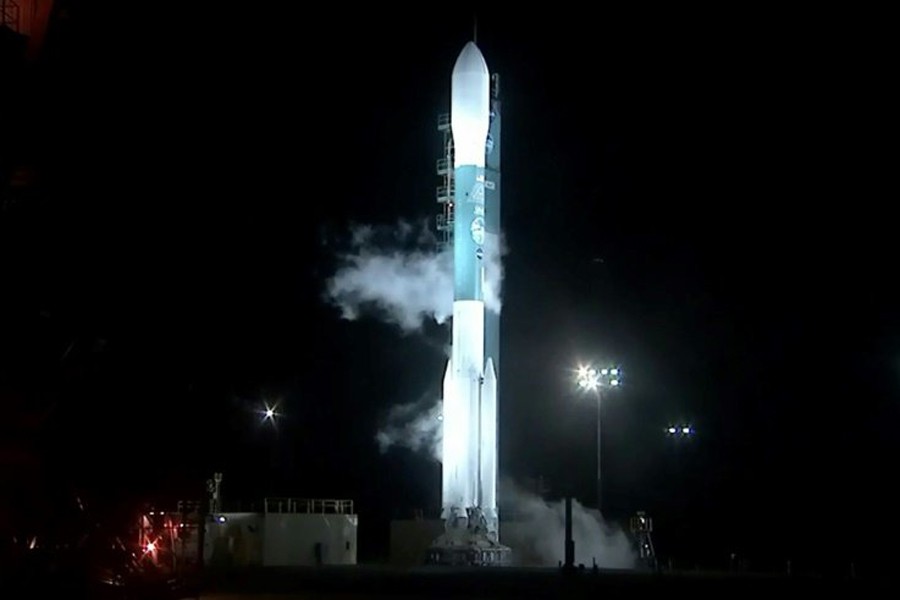NASA has launched a laser satellite to track the loss of ice sheets and glaciers across the world as the climate warms.
The ICESat-2 was sent into orbit by a Delta II rocket from Vandenberg Air Force base in California at 6:02 am (2:02 pm UK time).
It is the US space agency's most advanced laser satellite and will use its range of capabilities to accurately measure sea levels and sea ice cover.
It will also measure how quickly glaciers are melting and the speed at which land-based ice sheets are shrinking.
ICESat-2 will operate in a series of orbits that will travel over the poles to allow it to monitor the ice sheets and glaciers, many of which are undergoing significant change.
The satellite will provide measurements that will build on those provided by the original ICESat, which has operated in conjunction with Operation IceBridge, an airborne mission to document change.
The laser on the satellite fires 10,000 times a second while travelling at a speed of 7km (4.3 miles) a second, from a height of 300 miles (482km).
It is able to measure the time it takes for the laser's photons to return to earth with an accuracy of less than one billionth of a second.
It will take a measurement every 2.3ft (70cm) along the satellite's path, according to a Sky News report.
As the spacecraft took off from the California launch pad, a NASA official said: "Lifting ICESat-2 on a quest to explore the polar ice sheets of our constantly changing home planet."
NASA said: "The mission will gather enough data to estimate the annual elevation change in the Greenland and Antarctic ice sheets even if it's as slight as four millimetres - the width of a No. 2 pencil."
Tom Wagner, cryosphere program scientist at NASA, added: "One of the things that we are trying to do is... characterise the change that is taking place within the ice, and this is going to greatly improve our understanding of that, especially over areas where we don't know how... it is changing right now."


